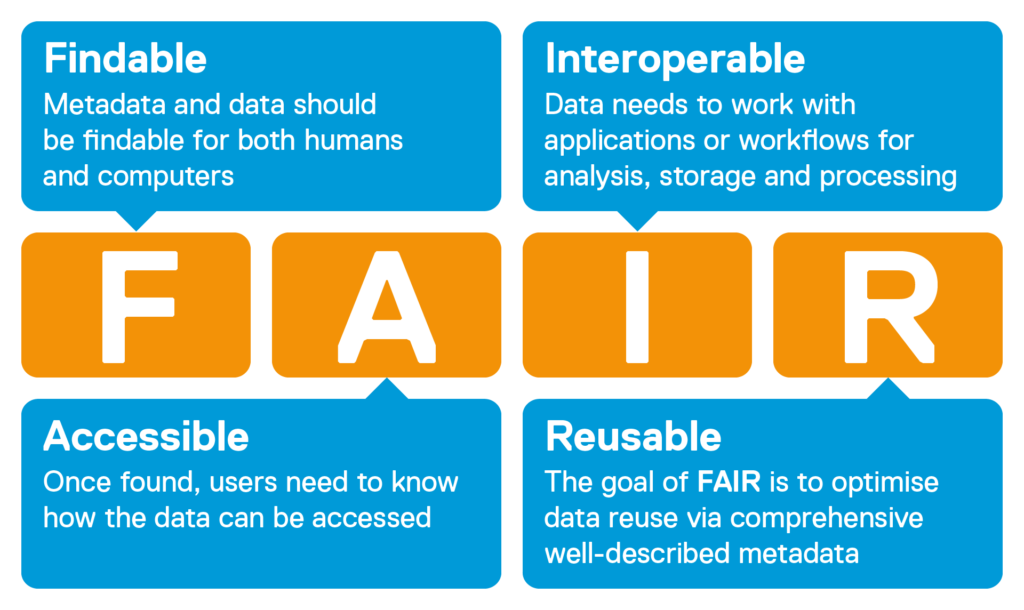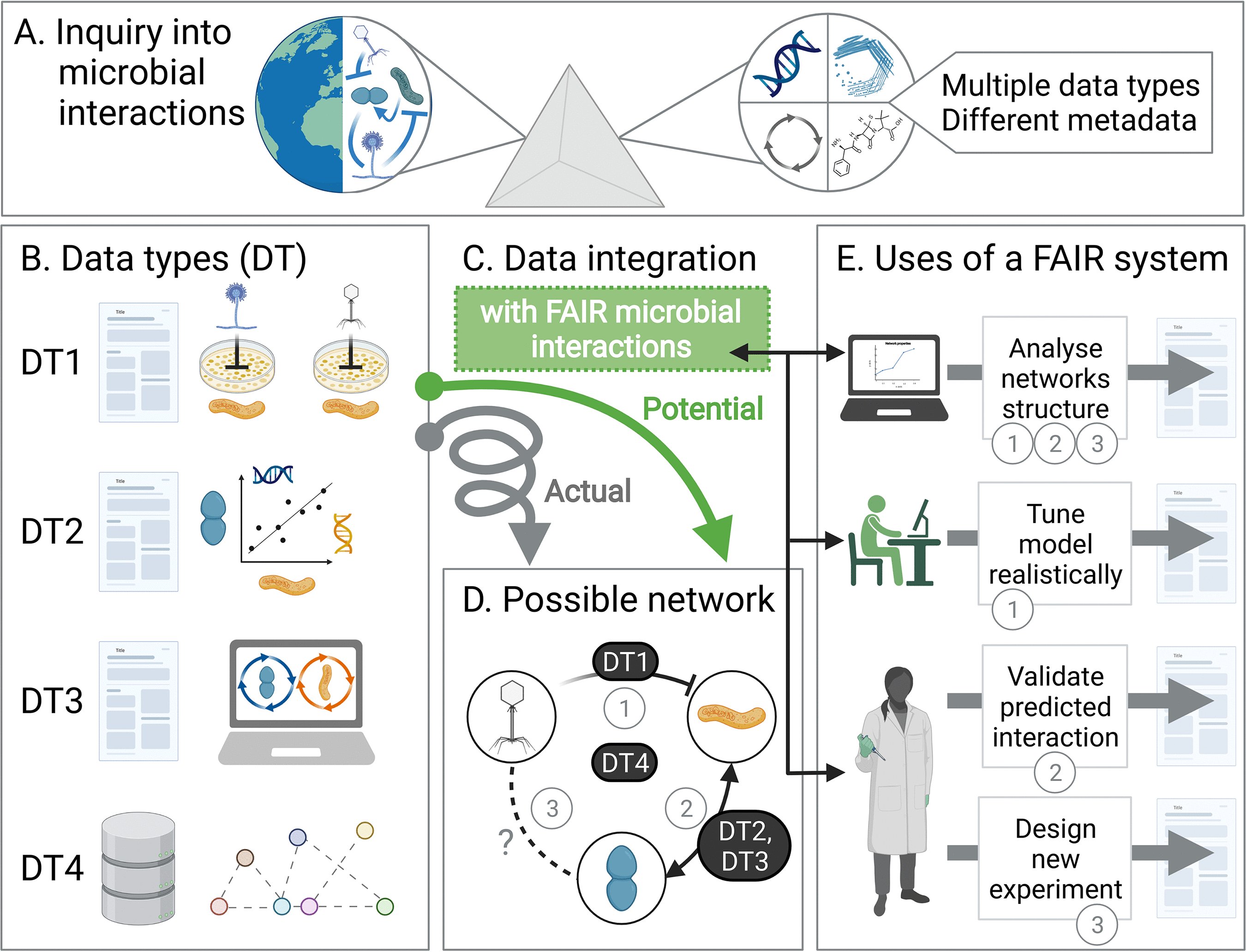Microbial interactions, FAIR data and the birth of a collaboration
2022-08-26Last year in May, when I discovered the effort of Alan (Pacheco) and Daniel (Segrè) to encode microbial interactions in multidimensional vectors (published in FEMS Microbiology Letters, 2019, I set out to create a searchable online representation of the data they had compiled to enable future contributions (see the article on mi-atlas). Then, I reached out to Alan and Daniel in June, 2021 to notify them of this visualisation. Little did I know at the time that this exchange would lead to writing a Perspective article together.
Indeed, we first met in a Zoom call between the USA, Switzerland and Austria during the summer. Starting from technical points such as how to improve the contribution by our peers to mi-atlas or the issues with the long-term maintenance of online scientific databases, we moved to more general considerations on microbial interactions and how to define them, if at all possible. This mutual interest prompt us to meet more regularly (as well as having Dileep Kishore on board) and we soon had lively debate on ways to improve access to and integration of interaction data across the field.
 Figure 1: The FAIR principles explained (Source: scibite.com)
Figure 1: The FAIR principles explained (Source: scibite.com)
By the end of the year 2021, a draft paper started to take shape with our interrogations and suggestions that we tried to refined. We all had the feeling that the topic was timely given the emergence of nation-wide initiatives towards Findable, Accessible, Interoperable and Re-usable data (FAIR; Figure 1) in the field of microbiome. As a matter of fact, I was about to start a new position a couple of months later and closely collaborate with the NFDI4Microbiota consortium from the German National Research Data Infrastructure. We tried to keep the pace to meet, discuss and even dedicated Zoom session to write and further improve our draft.
After a first submission mid-March, we were excited few weeks later to read that the three reviewers were positively interested by our propositions but deemed them not detailed enough and rejected our article. This turns out to be an excellent decision by them and the editor because it pushed us to detail even more the required metadata for microbial interactions and outline concrete steps that could be taken by the community.
Finally satisfied by our own progress, we submitted again our Perspective paper, which was soon accepted and is now available in mSystems: “Toward FAIR representations of microbial interactions”. We hope that our Perspective article will convince researchers and spark a community initiative to improve our suggestions. Together, we can leverage the proposed steps to streamline the comparison, integration and storage of data on microbial interactions that is generated worldwide in various scientific investigations (Figure 2 and the rest of the article)!
 Figure 2: Applying a FAIR system to the study of microbial interactions and correlations (Source: figure 1 from doi: 10.1128/msystems.00659-22)
Figure 2: Applying a FAIR system to the study of microbial interactions and correlations (Source: figure 1 from doi: 10.1128/msystems.00659-22)
PS: After months of online collaboration, Alan and I finally had the opportunity to meet in-person during the 18th International Symposium on Microbial Ecology in Lausanne last week. There we could attend and discuss new and exciting research on microbial interactions done across the globe!